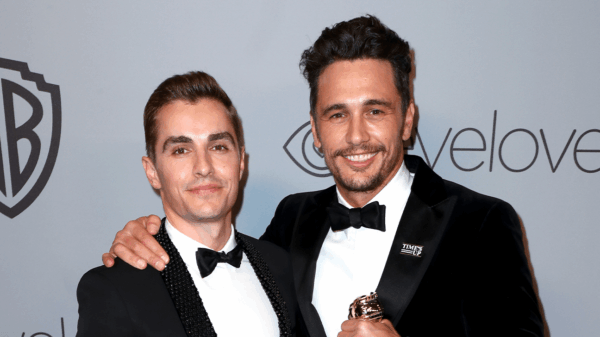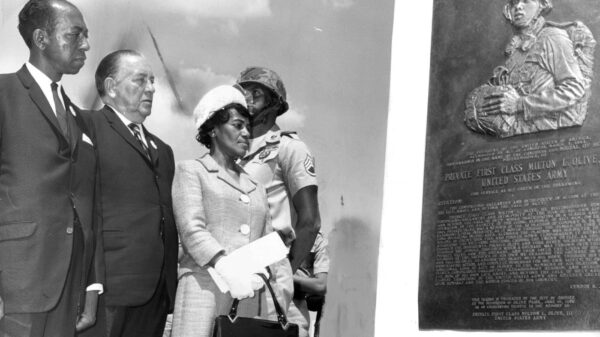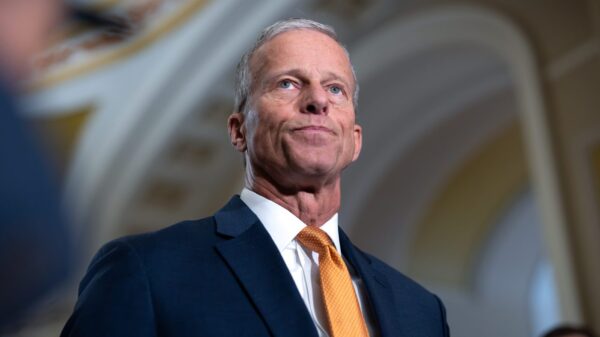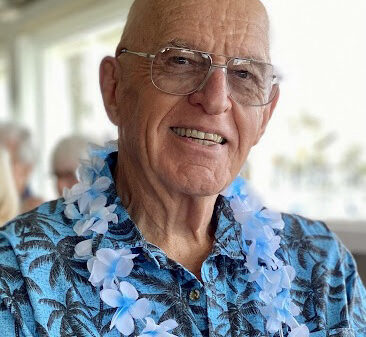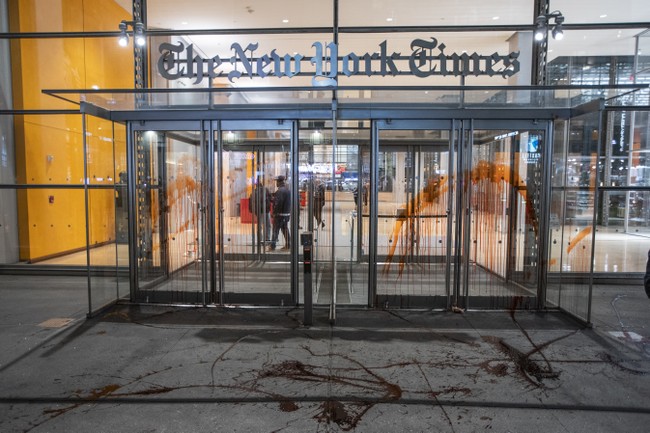A recent shooting incident at a Catholic school in Minneapolis has ignited controversy regarding media representation, particularly concerning a headline published by the New York Times. The article reported on the tragic events involving the alleged shooter, Robert Westman, who identifies as transgender. Commentator Mary Katherine Ham has publicly criticized the newspaper for what she perceives as a misleading portrayal of the shooter’s identity and circumstances.
Criticism of Media Reporting
The shooting, which occurred on March 15, 2024, has raised questions about the role of journalism in accurately conveying facts. Ham argues that the New York Times failed to provide essential details about Westman, including his history of mental illness and his identity as a transgender individual. She contends that the headline obscured critical information, stating, “A woman did not commit this crime. Nor was he simply a young man. He was a trans-identifying biological male with a host of apparent mental illnesses.”
Ham’s critique highlights a broader concern regarding media bias and the prioritization of political narratives over factual reporting. She asserts that many contemporary journalists act as “stenographers” for specific political ideologies rather than fulfilling their role to inform the public with objectivity.
Westman, who changed his name to Robin in 2019, has expressed struggles with his gender identity, reportedly describing feelings of regret over his transition. According to Ham, this aspect of his identity is integral to understanding the motivations behind the shooting. She argues that the media’s reluctance to emphasize such details reflects a tendency to protect certain political narratives.
Public Reaction and Accountability
The response to Ham’s statements has been polarizing. Supporters agree that transparency in reporting is crucial, especially in sensitive cases involving mental health and identity. Critics, however, contend that focusing on the shooter’s gender identity detracts from the tragedy of the event itself. This dynamic raises important questions about how media outlets should approach reporting on individuals involved in violent incidents.
“I don’t trust any news outlet that is more concerned with being accused of ‘misgendering’ a murderer than it is with reporting the facts,” Ham stated.
As discussions about media integrity continue, the New York Times faces scrutiny over its editorial decisions. Many assert that the publication must balance sensitivity towards marginalized communities with the imperative to report factual information accurately. The debate underscores the complex relationship between journalism, identity, and public perception in today’s media landscape.
In the aftermath of the shooting, the need for responsible journalism becomes increasingly evident. As audiences seek clarity and truth in reporting, the role of media in shaping narratives surrounding sensitive issues remains a critical point of discussion.




